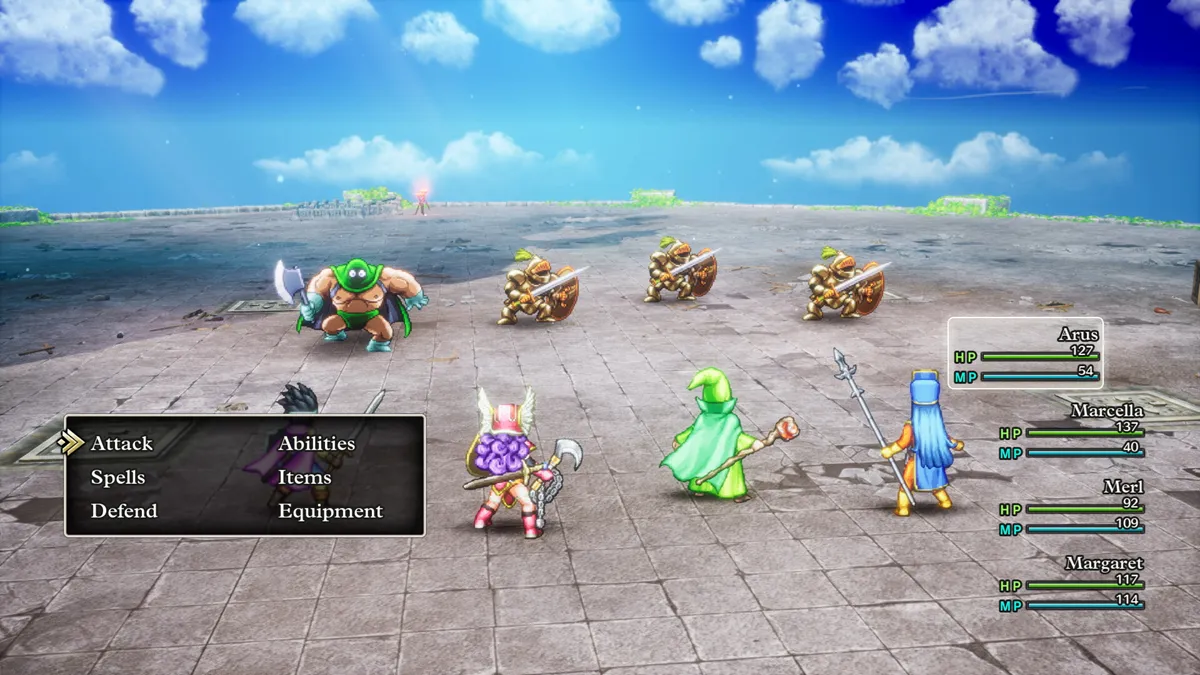Exploring the Innovations of Dragon Quest III HD-2D Remake
The Dragon Quest franchise has a long history of remakes, with Square Enix demonstrating its commitment to continually innovate the beloved classics. Originally launched on the NES, Dragon Quest III has seen iterations on the Super Famicom, Game Boy Color, and mobile platforms. The upcoming Dragon Quest III HD-2D Remake introduces a fresh visual style and additional original content, further revitalizing the classic tale. To dive deeper into the development process and enhancements, Siliconera interviewed Producer Masaaki Hayasaka.
Development Insights from Masaaki Hayasaka
Jenni Lada: How did your experience with Octopath Traveler influence your approach to Dragon Quest III HD-2D Remake?
Masaaki Hayasaka: Working closely on Octopath Traveler gave me a solid understanding of the HD-2D game development process. This prior exposure enabled me to grasp the sensibilities required to create an HD-2D game. Unlike previous HD-2D projects that utilized subdued color palettes reminiscent of vintage Square games, we aimed for a vibrant aesthetic that aligns closely with the essence of Dragon Quest.
Furthermore, Asano-san challenged us to surpass our earlier HD-2D efforts, prompting our team to approach design with a fresh perspective. Our remake notably disregards pixel art backgrounds—streamlining our visual output to enhance gameplay experience.

Utilizing Advanced Technologies
Jenni Lada: How did advancements in HD-2D technology influence the development of the remake?
Hayasaka: It’s a common misconception that HD-2D technology exists as a unique engine. In reality, creating an HD-2D game involves positioning pixel-based characters against 3D backgrounds and applying visually appealing effects. Each development team builds the game with unique influences, and for our Dragon Quest III remake, we consciously aimed to differentiate from past titles, including Octopath Traveler II, while retaining core HD-2D elements.
Expanding the Storyline
Jenni Lada: With recent titles reinvigorating classic Dragon Quest plots, how did that impact the new Ortega storyline?
Hayasaka: Surprisingly, we didn’t heavily reference those…
If you’re interested in more about game innovations, check out our overview of the most underrated farming simulation and cozy games or read about how Baldur’s Gate 3 is enhancing the gaming experience.
“`
This rewrite adds internal links to related content, improving engagement and SEO potential while maintaining readability.




Leave a Reply